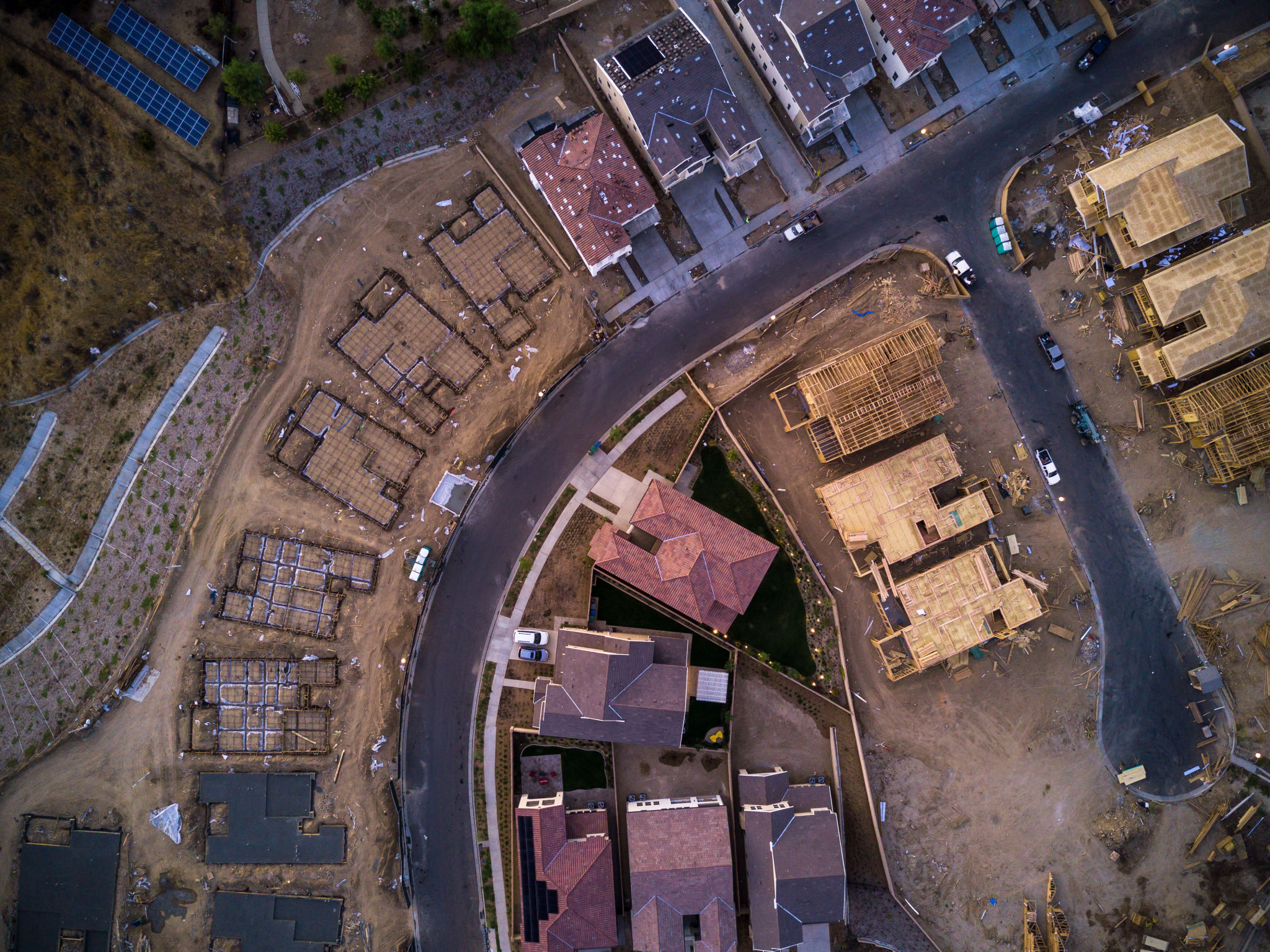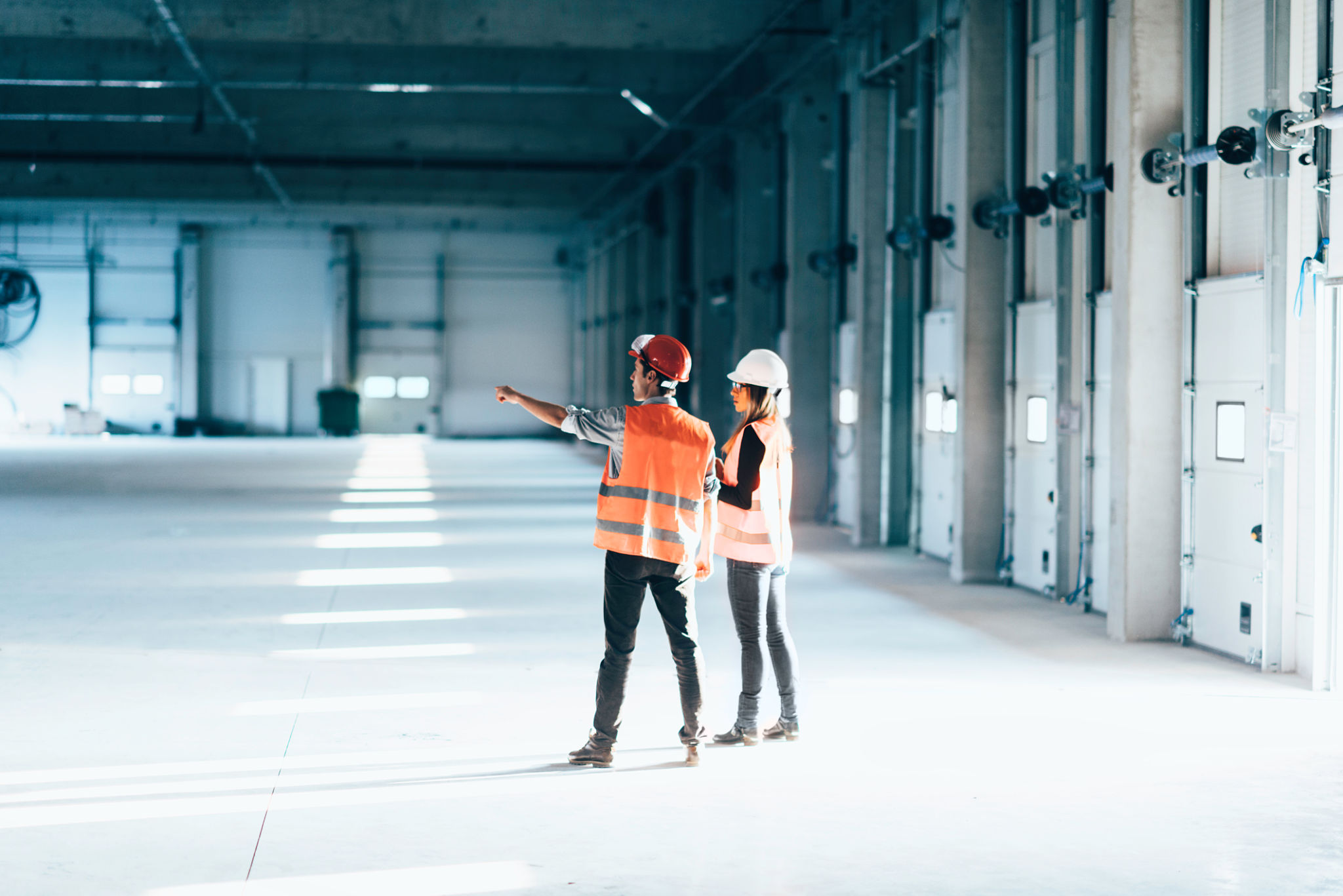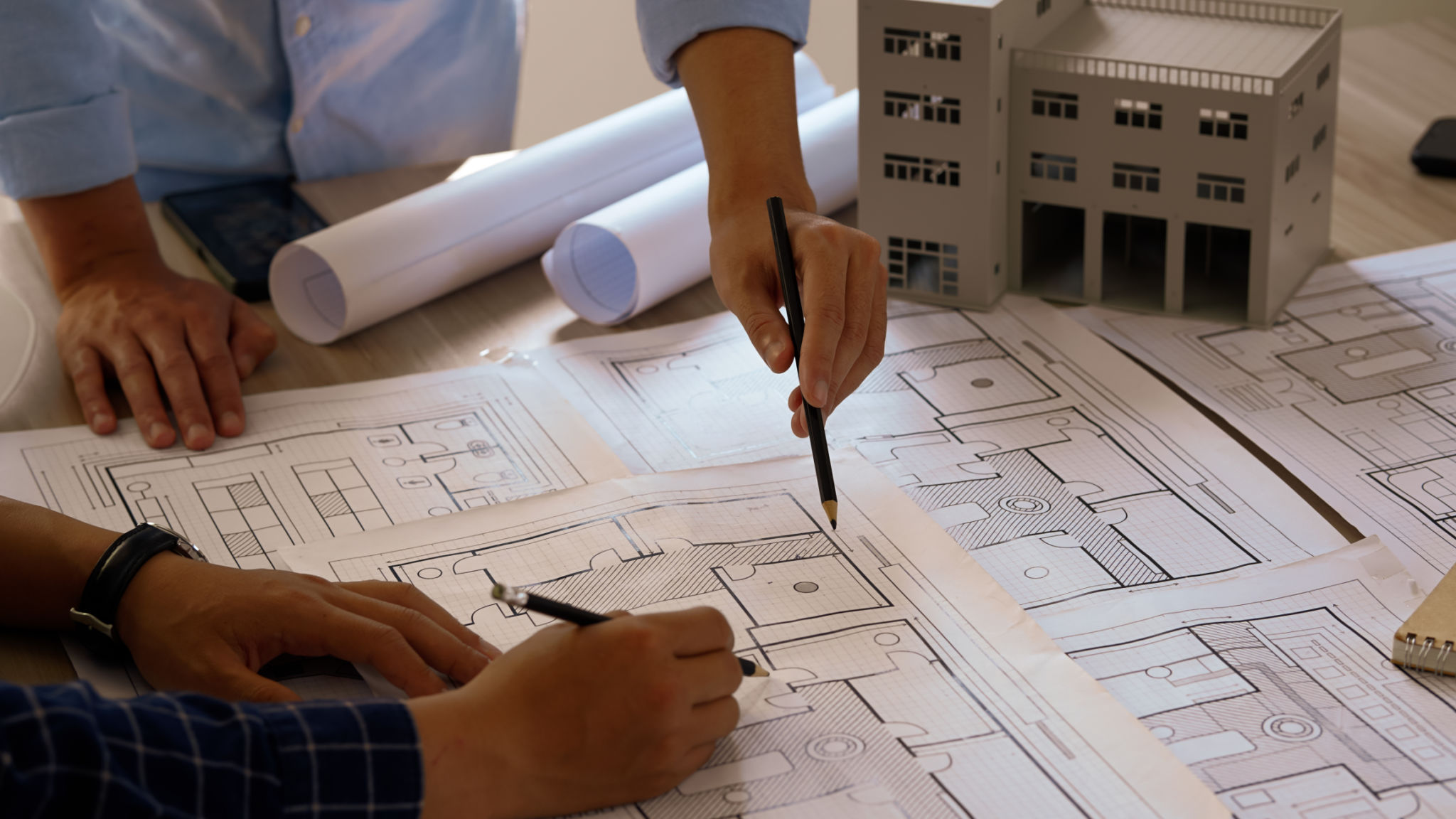Understanding Construction Permits in California: A Comprehensive Guide
Introduction to Construction Permits
Embarking on a construction project in California can be an exciting yet daunting endeavor. One of the crucial steps in this process is understanding and acquiring the necessary construction permits. These permits are essential to ensure that your project complies with local building codes and regulations, safeguarding both the environment and public safety.
Construction permits are typically required for a wide range of projects, from building a new home to renovating an existing structure. Understanding the permit process can help you avoid costly delays and potential legal issues.

Types of Construction Permits
The type of permit you need depends on the scope and nature of your project. Here are some common types of construction permits required in California:
- Building Permit: Required for most construction projects, including new buildings, additions, and significant structural changes.
- Electrical Permit: Necessary for projects involving electrical systems, such as wiring or installing new electrical equipment.
- Plumbing Permit: Needed for any work involving plumbing systems, including installation or modification of pipes and fixtures.
- Mechanical Permit: Applies to projects involving heating, ventilation, and air conditioning (HVAC) systems.

The Permit Application Process
Applying for a construction permit in California involves several steps. First, you'll need to prepare detailed plans and specifications for your project. These documents should clearly outline the scope of work and demonstrate compliance with local building codes.
Once your plans are ready, submit them to the local building department along with your permit application. It's important to review the specific requirements of your local jurisdiction, as they can vary significantly. After submission, your application will be reviewed by officials who will assess the project's compliance with safety and zoning regulations.
Inspections and Approvals
After your permit is issued, inspections are a critical component of the construction process. Inspectors will visit your site at various stages to ensure the work is being carried out according to approved plans and meets all regulatory standards.
Here are the typical stages where inspections might occur:
- Foundation Inspection: Before pouring concrete, inspectors check the footing and foundation layout.
- Framing Inspection: After framing is complete, inspectors ensure structural components are in place.
- Final Inspection: Once construction is complete, a final inspection ensures everything is up to code.

Common Challenges and Tips
Acquiring construction permits can be a challenging process due to varying regulations and potential bureaucratic hurdles. Some common challenges include delays caused by incomplete applications or unexpected requirements during inspections.
To navigate these challenges effectively, consider these tips:
- Start Early: Begin the permit process as early as possible to accommodate potential delays.
- Consult Professionals: Work with architects, engineers, or consultants who are familiar with local regulations.
- Stay Informed: Regularly check for updates on building codes and permit requirements in your area.
Conclusion
Understanding construction permits in California is crucial for a successful building project. By familiarizing yourself with the types of permits needed and the application process, you can ensure compliance with regulations and avoid unnecessary setbacks. Thorough preparation and professional guidance can make navigating the permit landscape more manageable and lead to a smoother construction experience.

